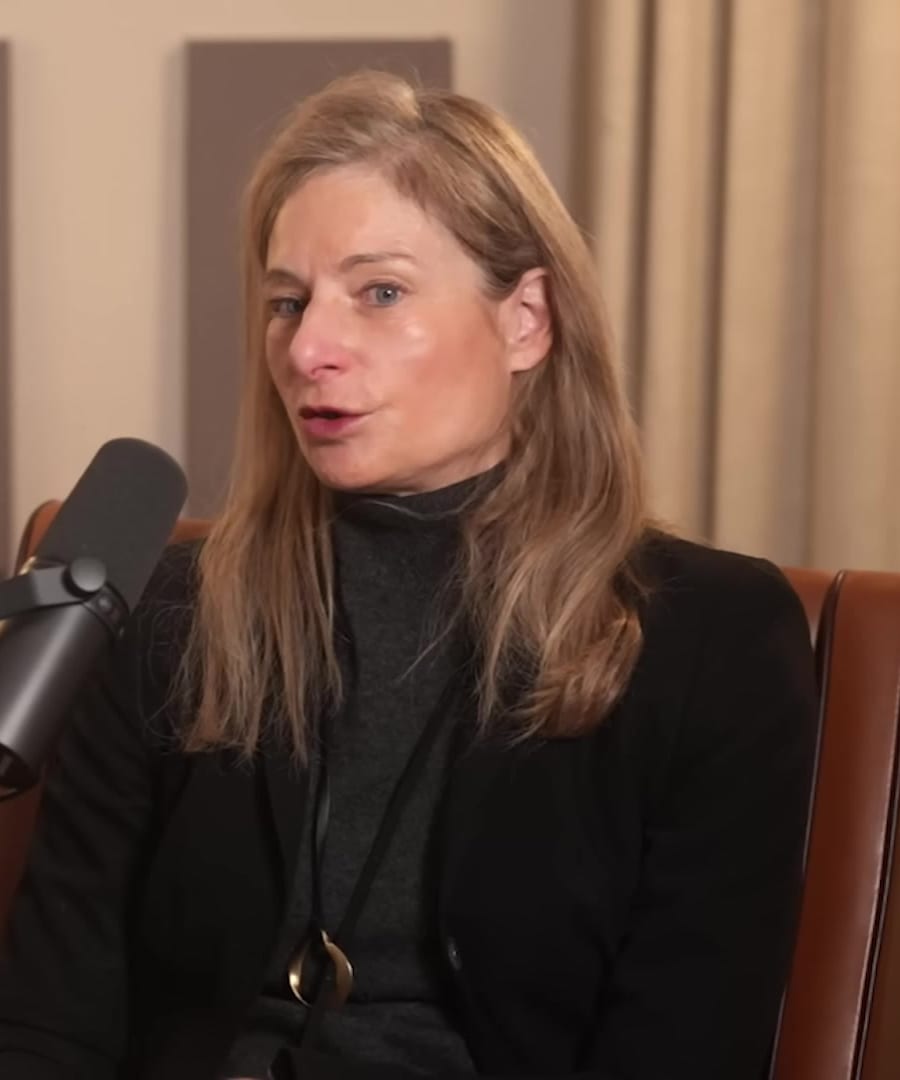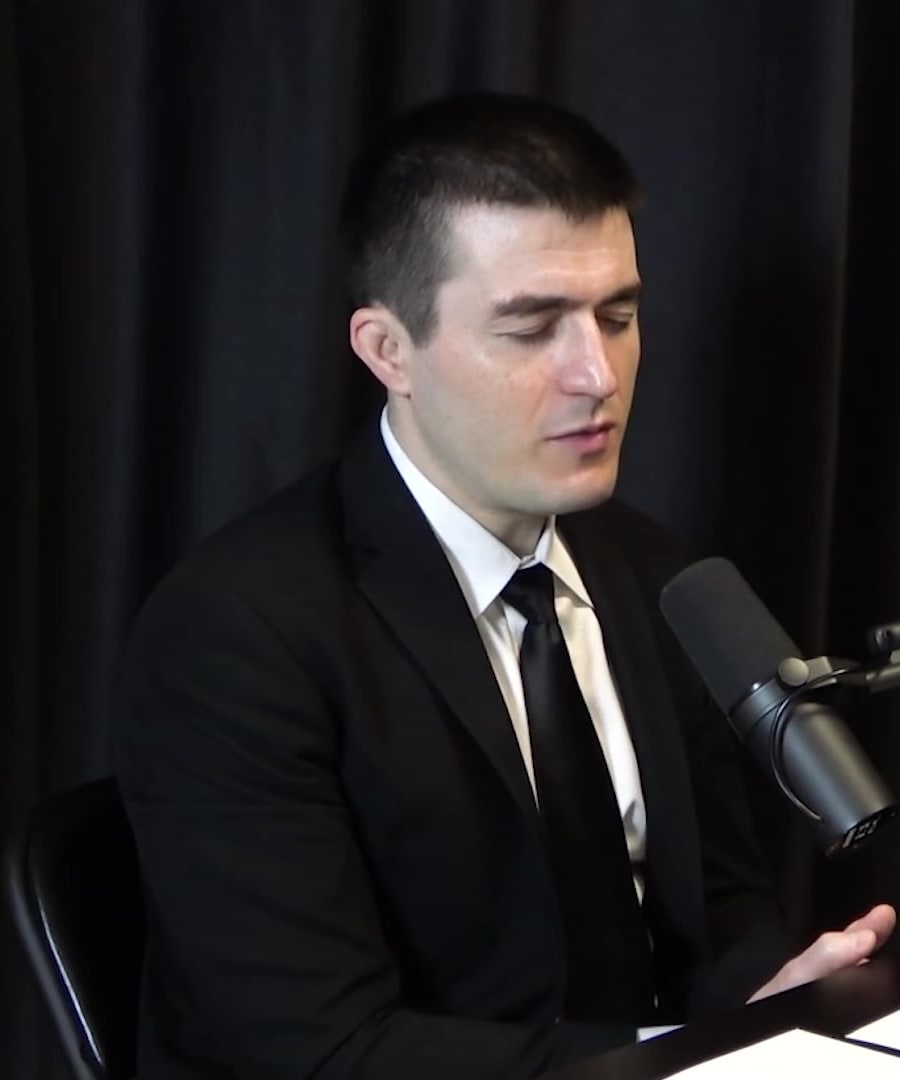Higher Dimensions
Sources:
In discussing higher dimensions, the following key points emerge from the Lex Fridman Podcast:
-
Topology and Understanding Higher Dimensions:
- Jordan Ellenberg explains the importance of topology, originally called analysis situs, in studying spaces beyond our common three-dimensional perception. This helped in understanding things as complex as the movement paths of three bodies in space, which can be better represented in a six-dimensional phase space 1.
-
Concepts of Higher Dimensions in Physics:
- Lisa Randall discusses the concept of higher dimensions existing locally in the universe. She explores the notion that what we perceive as three-dimensional could be higher dimensional in different localities. This idea comes from her work in theoretical physics, particularly looking at dimensions from the perspective of particle physics 2.
-
Visualizing High Dimensions:
- Cumrun Vafa describes how we can visualize higher dimensions by thinking about simple geometrical shapes in lower dimensions. For example, understanding the sphere as a line with an attached circle at every point helps us think about higher-dimensional objects like the product of two spheres (a four-dimensional space) 3.
-
The Poincaré Conjecture and Higher Dimensions:
- The Poincaré conjecture, discussed by Jordan Ellenberg, touches on higher-dimensional spaces from a mathematical standpoint. It emphasizes that our visual perception limits us, but mathematics allows exploration into spaces like four-dimensional spacetime, revealing that what we can't see can still affect our understanding of physics 4.
-
The Multidimensional Universe:
- The possibility of the universe having more dimensions than the three we experience is a theme in theoretical physics. This conversation revolves around how higher-dimensional theories might not only be a methodological tool but could reflect higher dimensions we aren't aware of because of our limited perception 5.
Each of these discussions highlights different aspects of "higher dimensions," from mathematical topologies and theoretical physics to practical visualization.
RELATED QUESTIONS-




